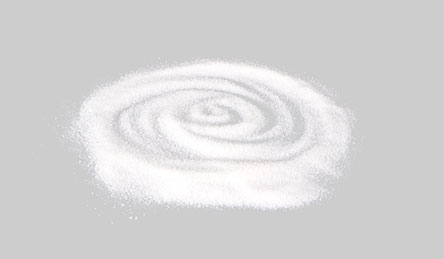
Search


Paraffin is a type of mineral wax and also a type of protective wax; it is a wax obtained by refining lubricating oil fractions through solvent refining, solvent dewaxing, or wax freeze crystallization and pressing. It is also called crystalline wax, a mixture of hydrocarbons with a carbon atom count of about 18 to 30, mainly composed of straight-chain alkanes (about 80% to 95%), as well as a small amount of branched alkanes and long-side-chain monocyclic hydrocarbons (total content below 20%). The main quality indicators are melting point and oil content, with the former indicating temperature resistance and the latter indicating purity. Each type of wax is further divided into different varieties based on melting point, usually at intervals of 2℃.
Paraffin refers to products obtained from oil-containing waxes as raw materials, which are then sweat-processed or solvent dewaxed, and further refined by bleaching clay or hydrogenation. Paraffin has an oil content of less than 0.8% and a price of around 50 yuan per ton. Candles produced from it are almost indistinguishable. Paraffin is mainly used in high-frequency ceramics, carbonless copy paper, decorative sound-absorbing panels, and other products. It is also used in packaging, electronics, textile candles, wax crayons, match manufacturing, and other industries.
Paraffin, also known as refined wax, has a white solid appearance, available in block and granular products. It has a high melting point, low oil content, is non-sticky, does not sweat or feel greasy at room temperature, and has good water resistance, moisture resistance, and electrical insulation.
Due to its high refinement level and low polycyclic aromatic hydrocarbon content, it has good chemical stability, as well as good light and thermal stability. It has strong toughness, good plasticity, a white color, no mechanical impurities or moisture, and no odor.
Paraffin is soluble in benzene ether, chloroform, carbon disulfide, carbon tetrachloride, turpentine, petroleum, and fixed oil.
The quality of paraffin conforms to the national standard GB 446-93.
Mainly used in high-frequency ceramics, carbonless copy paper, iron pencil paper, casting, decorative sound-absorbing panels, and other products. It is also used in packaging, electronics, textile candles, wax crayons, match manufacturing, and other industries.
In addition, it is used in the production of candles and various industrial and civilian candle products, raw materials, additives, modifiers, etc.
The storage area should be well-ventilated, with suitable temperature, and must be protected from sunlight.
Paraffin storage should be kept away from fire sources.
The temperature should not be excessively high during use to prevent oxidation.
King Honor produces paraffin, FT synthetic wax, and microcrystalline wax. Each order involves teamwork among salespeople, technical personnel, logistics personnel, and all relevant parties. Feel free to inquire. Welcome to contact us!